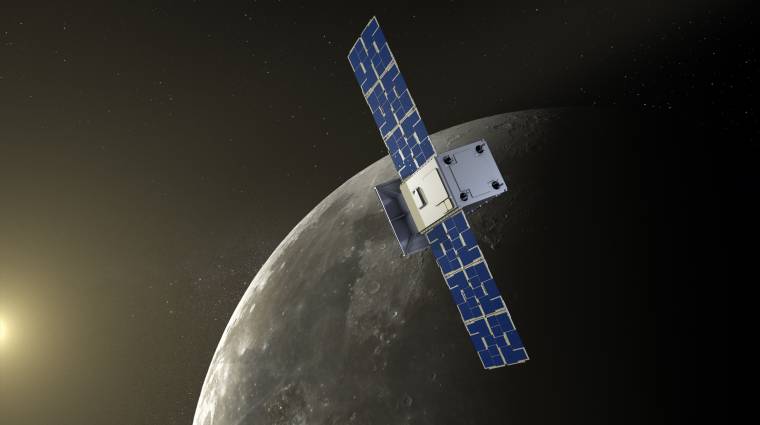The $30 million CAPSTONE probe, which would play an important role in setting up the Artemis program, was in big trouble.
Participating space agencies (NASA, ESA, JAXA, and CSA) are planning the first unmanned launch of the Artemis program, which aims to restore the moon, on September 23, while Artemis II, which also carries astronauts, can visit the celestial body afterward. May, then without landing. And if all goes according to plan, the Lunar Gateway space station, which will serve as the base for the program orbiting the Moon, could also be launched in November 2024. However, this is now in jeopardy after technical problems arose with the Gateway, which is designed to map the future orbit. CAPSTONE MISSION (Solar Autonomous GPS Technology Operations and Navigation Experiment).
NASA and the private company Advanced Space contribute to the mission Based on her information The CAPSTONE probe, weighing just 25 kg, began an unexpected somersault during or shortly after the September 8 orbit correction maneuver, which not even the onboard correction instruments were able to compensate for. As a result of the error, the connection to the device was lost for a whole day, and when the connection was restored, the scientists received alarming data.
According to telemetry, Capstone’s CAPSTONE computer system kept restarting itself, and the probe was using more power than the solar panels could produce. Together with NASA, Deep Space and other partners, it was finally possible to stabilize the situation and switch the $30 million (about 12 billion HUF) device to safe mode, which can now at least solve its power supply.
However, the somersault did not stop due to this, and specialists are still working on solving the problem. The good news is that the orbit correction on September 8 appears to have been successful despite the complications, so CAPSTONE is on the planned path to the moon, which it is supposed to reach on November 13. The question is whether they will be able to stop the probe’s rotation by then, but there is a good chance, since the necessary operation at an earlier stage of the mission, which has been going on since July, was carried out without any problems. Engineers now determine the optimal time to intervene by analyzing the available data.












































